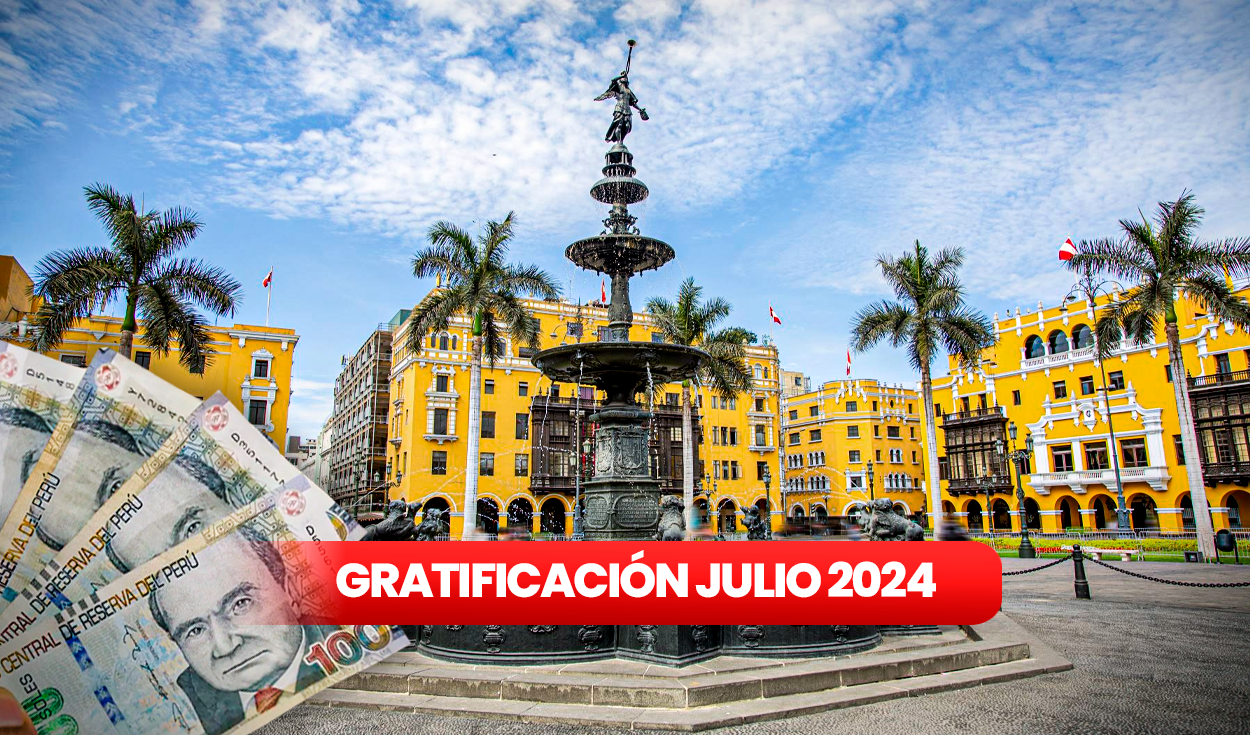
The July bonus is an economic benefit granted to workers in both the public and private sectors in Peru. This bonus, regulated by Law No. 27735, is a right that employers must fulfill within the established deadlines. The bonus is calculated based on the worker’s salary and is deposited together with an extraordinary bonus of 9% on the total amount of the bonus. This additional payment is a compensatory measure for the exemption from contributions to EsSalud, thus ensuring an extra income for workers.
It is crucial for workers, both in the public and private sectors, to be well informed about their rights in relation to the July bonusThis knowledge not only enables them to claim what they are entitled to under current legislation, but also to better plan their personal finances. Furthermore, understanding the details regarding eligibility, calculation, and payment deadlines can prevent misunderstandings and ensure that work obligations are properly fulfilled.
When is the bonus paid?
The July bonus is paid no later than July 15 of each year. This deadline is mandatory for employers, who must comply with the deposit of this benefit in the accounts of their employees before this date. In case of non-compliance, companies may be sanctioned by the labor authorities.
How to calculate the bonus?
To calculate the bonus, the employee’s gross monthly salary must be considered. If the employee has worked for the entire semester, he or she will receive the equivalent of a full salary. If the employee has worked less than six months, a proportion of the salary is calculated for each month worked. Additionally, an extraordinary bonus of 9% of the bonus amount is granted, which is exempt from contributions to EsSalud and is deposited together with the bonus. This calculation is essential to ensure that workers receive the correct amount and to avoid possible labor conflicts.
Which workers receive bonuses?
All public and private sector employees receive a bonus, including those with fixed-term, temporary or indefinite contracts. It is important to note that this benefit does not apply to independent workers or those who are not on the payroll. Workers who have worked at least one month during the January-June 2024 semester are entitled to receive the July bonus. This benefit is a way of recognizing the effort and dedication of workers, providing them with an additional financial incentive that can be used for various personal and family needs.
What is truncated gratification?
The truncated gratification It is a right that arises when the worker ceases his or her employment, provided that he or she has provided at least one full month of service. The calculation of the amount of the truncated bonus is carried out in proportion to the full calendar months worked in the period in which the employment contract is terminated. It is important to consider this provision when calculating and granting the corresponding bonuses to workers at the end of their employment relationship.
What is the difference between a gratuity and a Christmas bonus?
Both the bonus and the Christmas bonus represent economic benefits for workers, but each is applied in different contexts. The bonus is exclusive to private sector employees who appear on the payroll during the months of July and December, ensuring them a significant additional income during these periods.
In contrast, the bonus is given to public sector workers and pensioners of the Pension Normalization Office (ONP), who receive an extra amount of S/300.
These benefits not only reward hard work, but also offer additional financial relief at key times of the year, helping to meet expenses associated with the holidays and other personal needs.
Source: Larepublica
Alia is a professional author and journalist, working at 247 news agency. She writes on various topics from economy news to general interest pieces, providing readers with relevant and informative content. With years of experience, she brings a unique perspective and in-depth analysis to her work.












